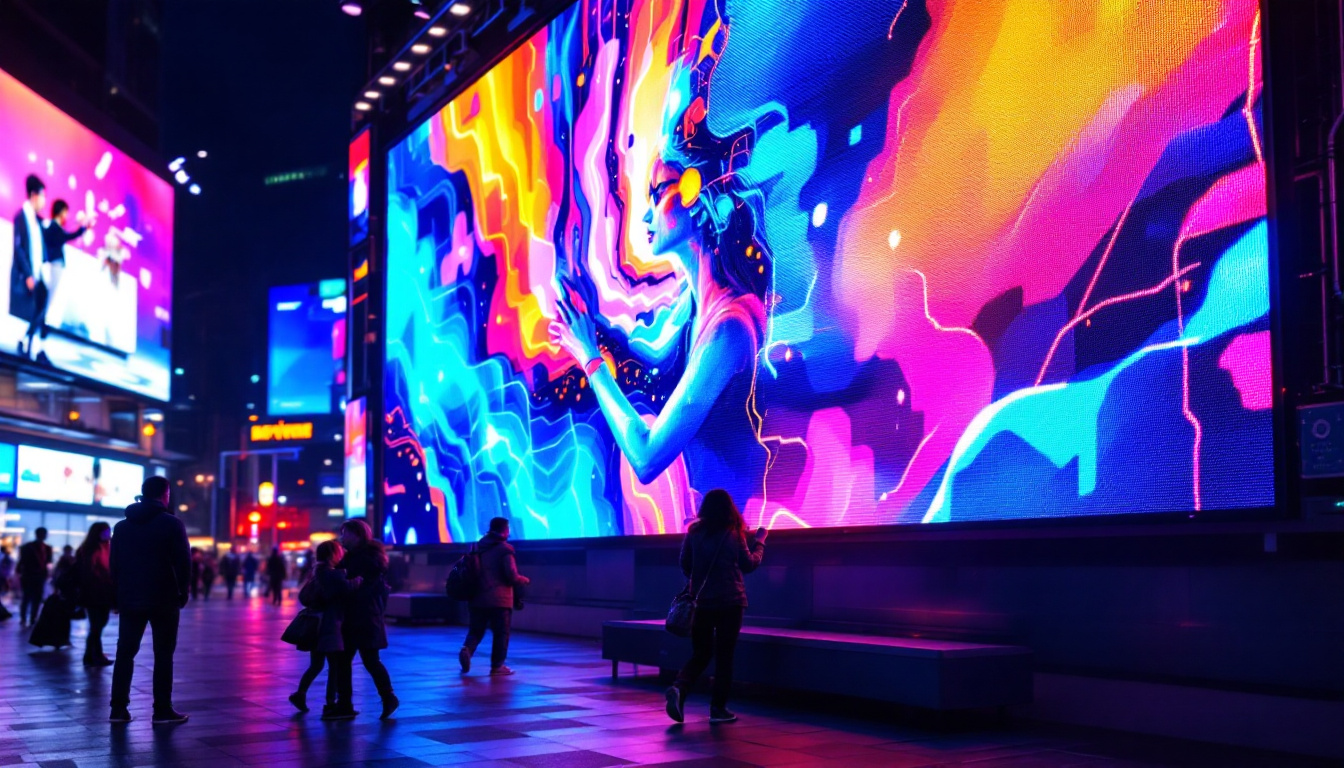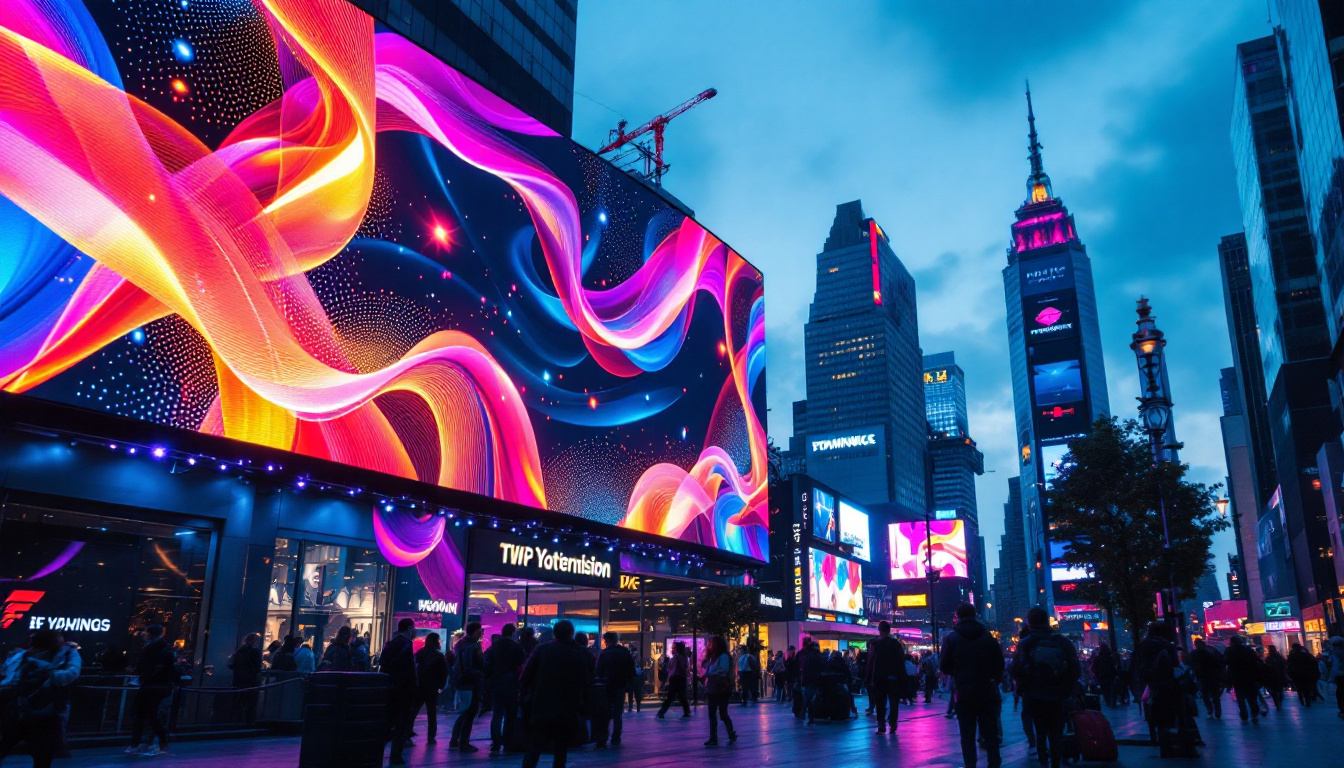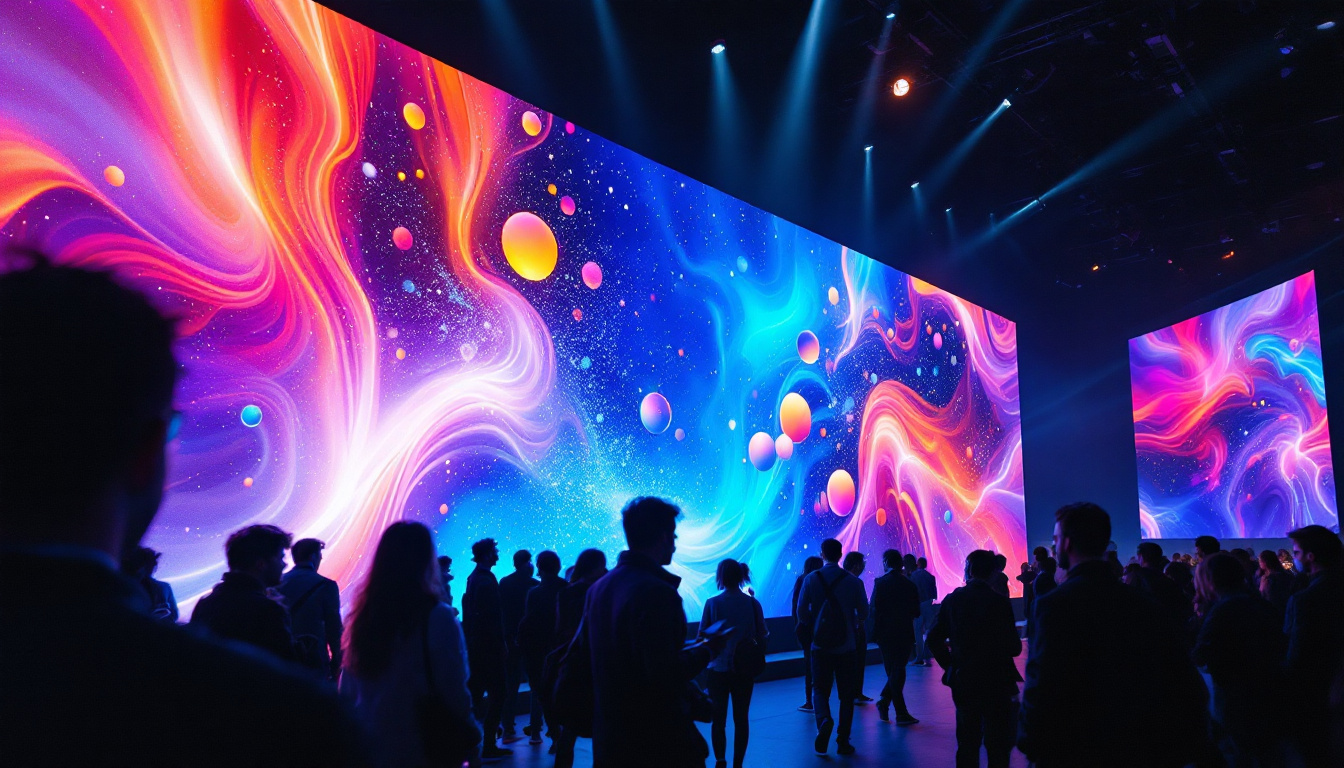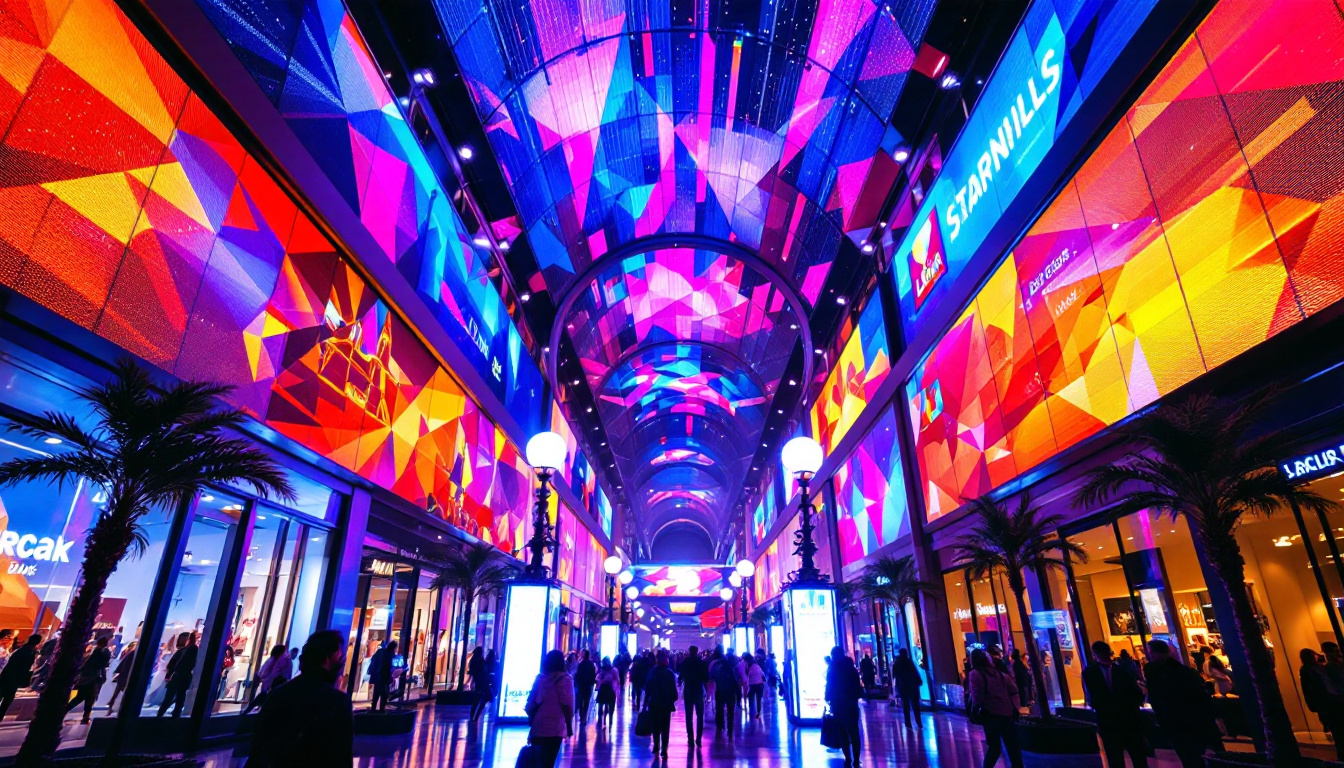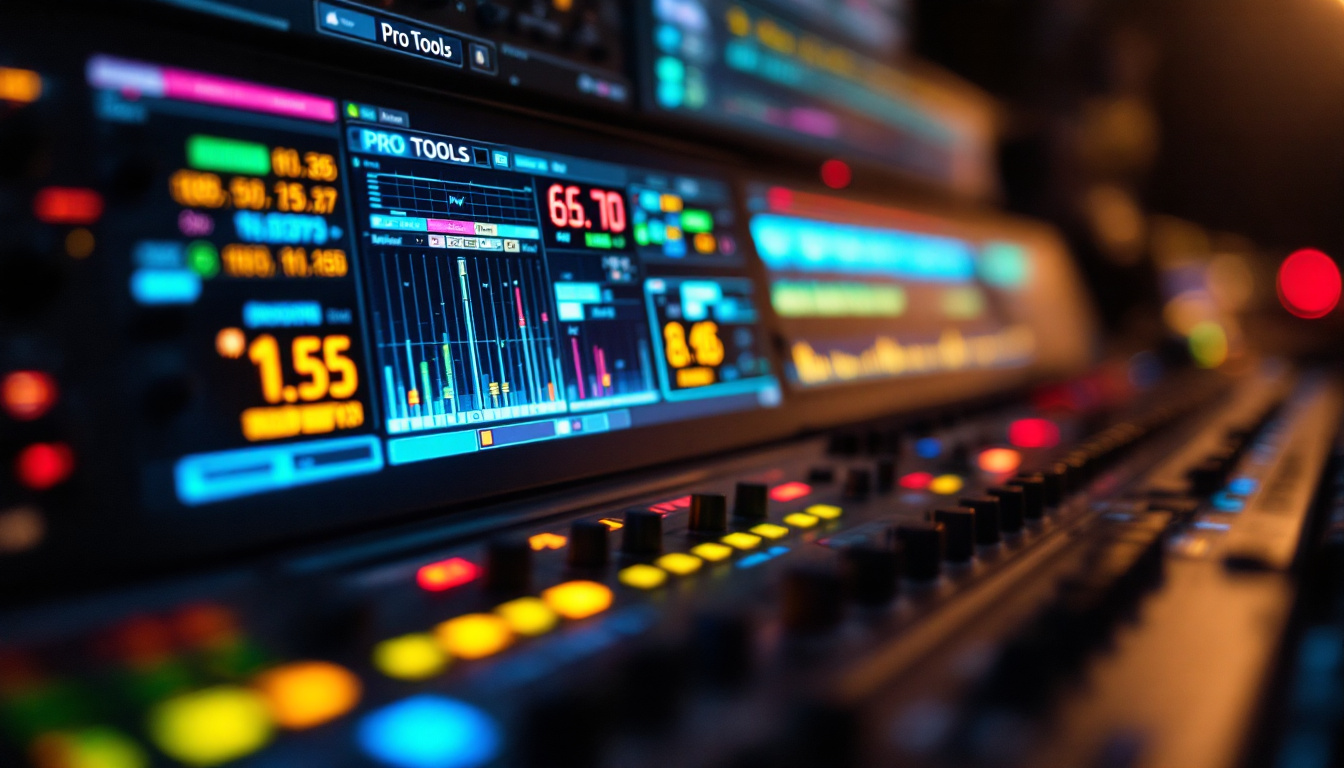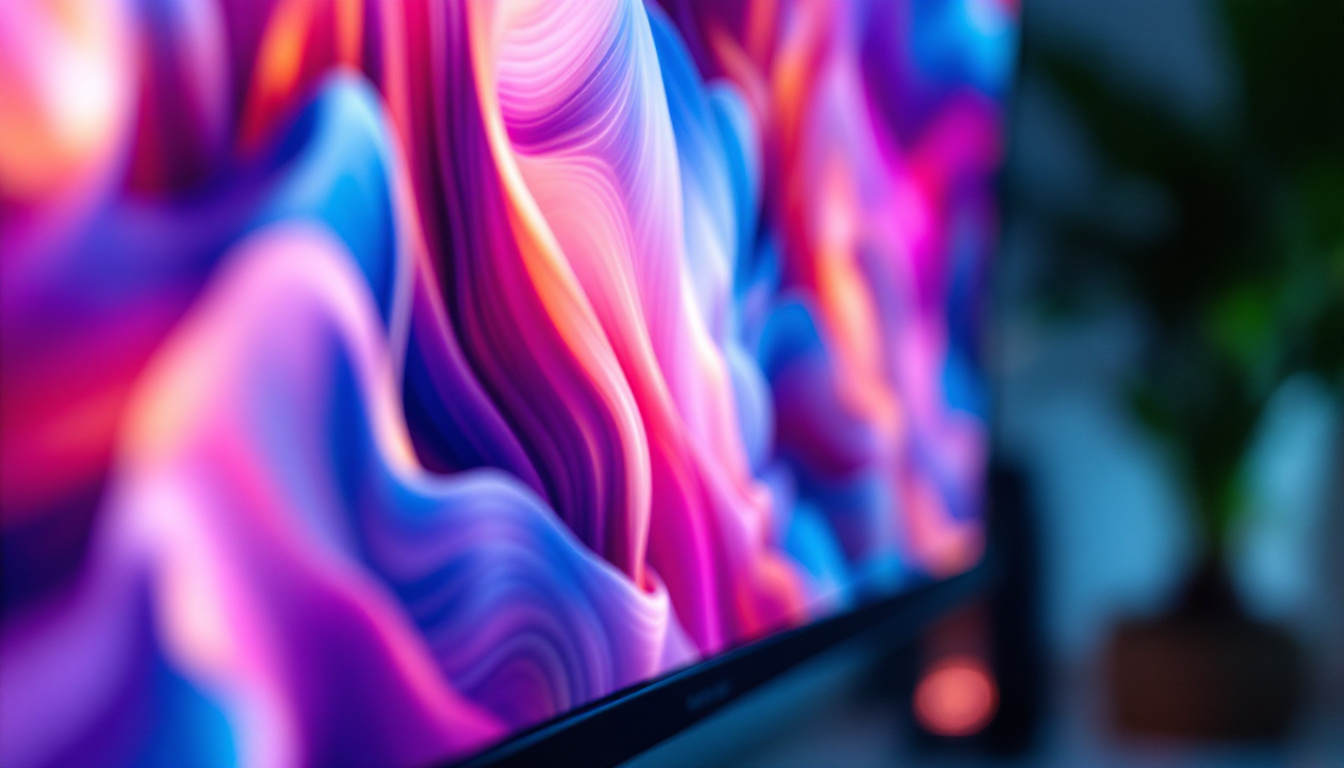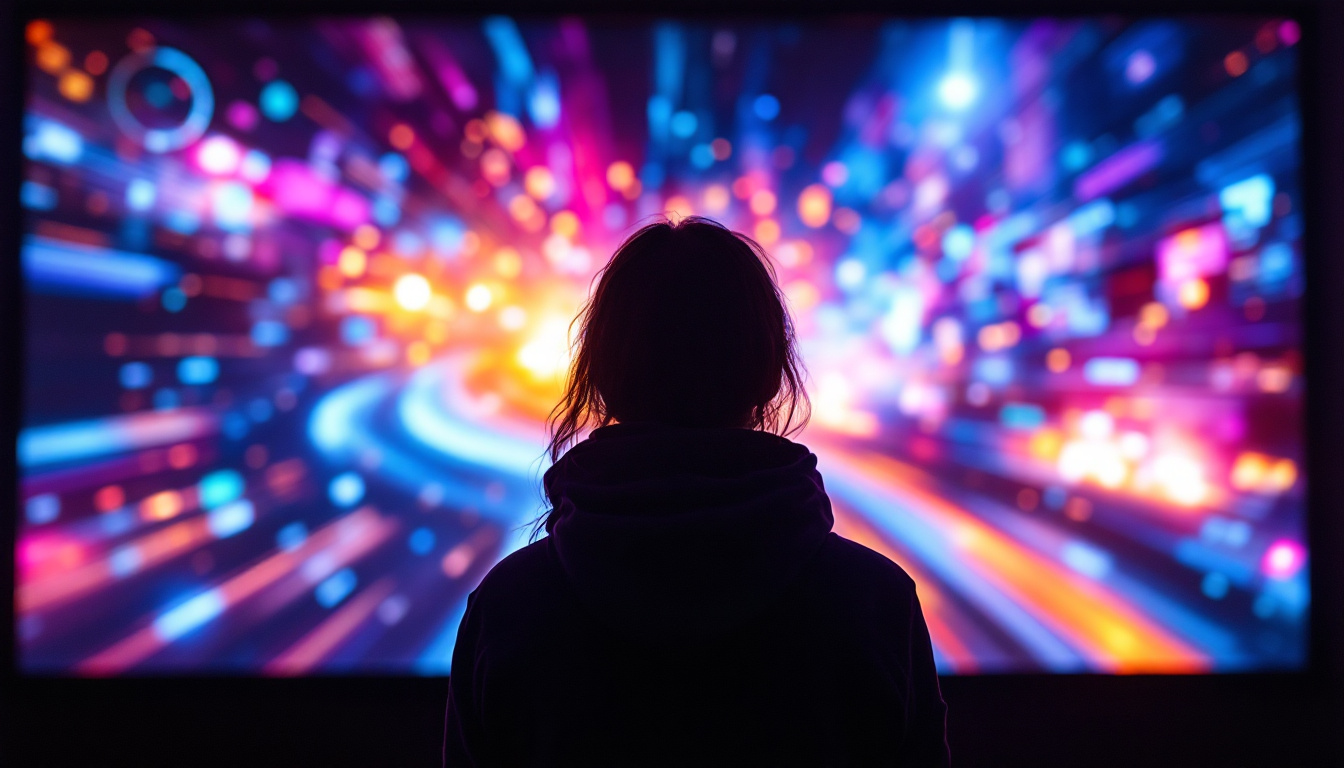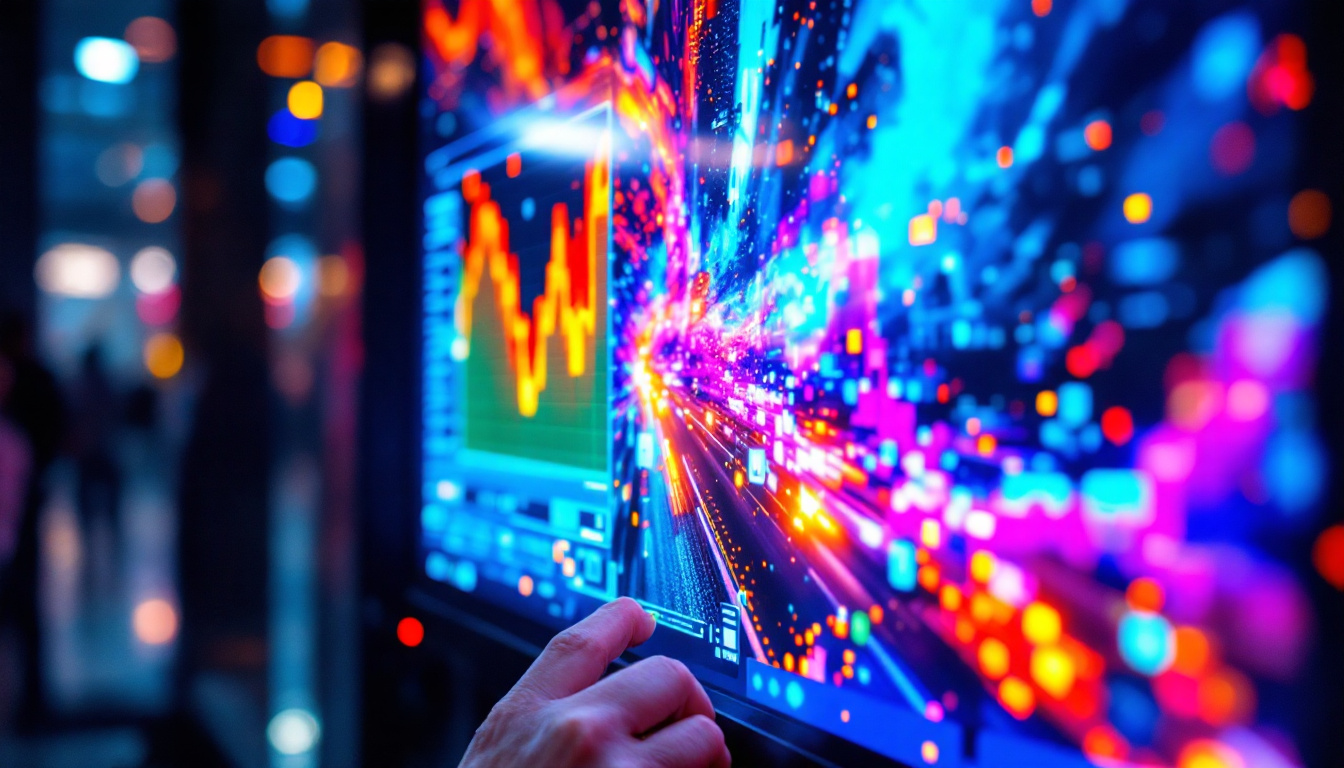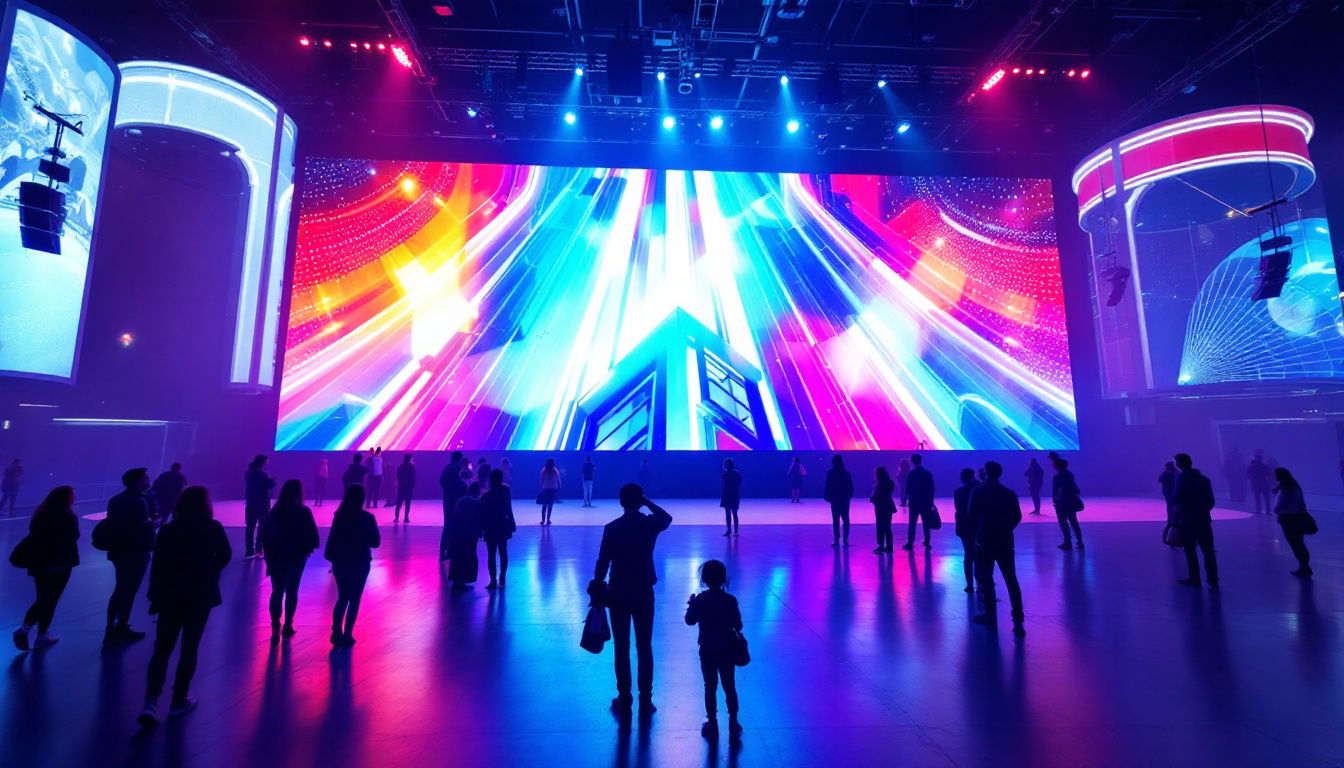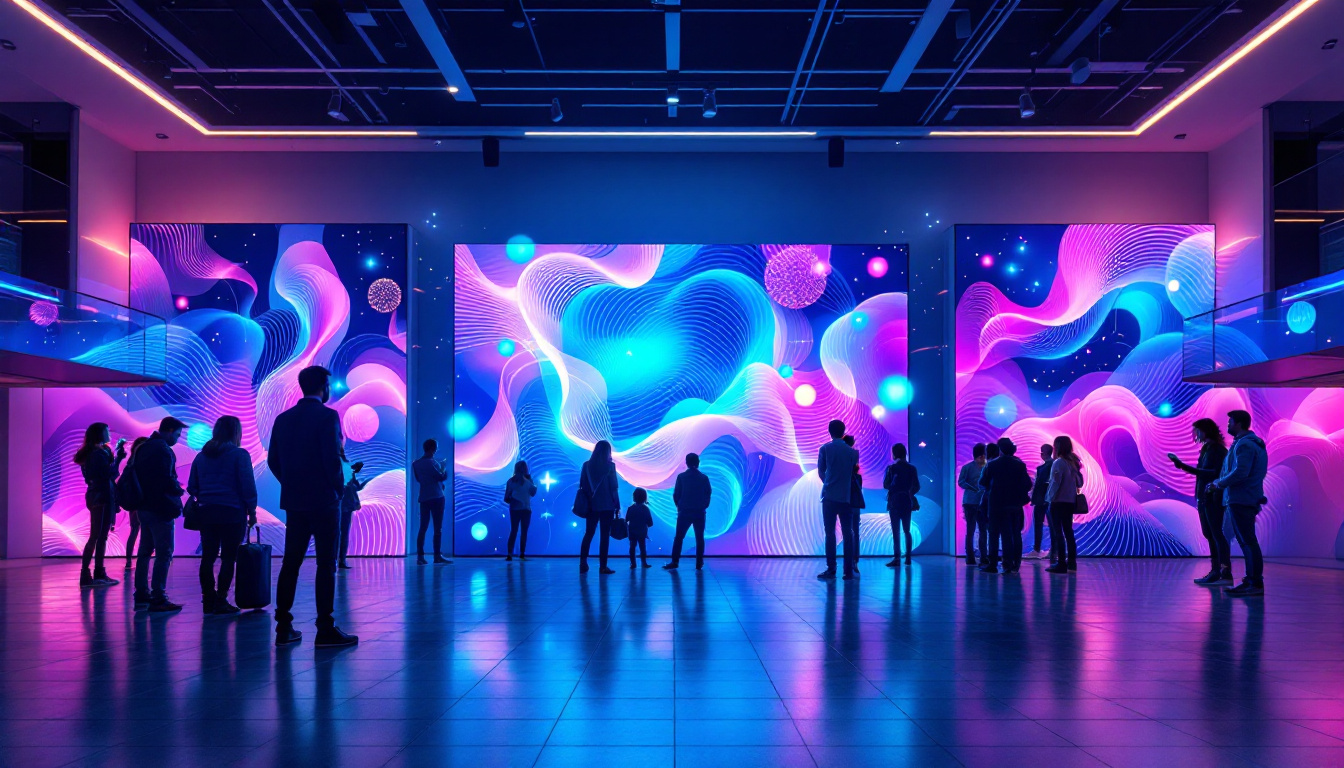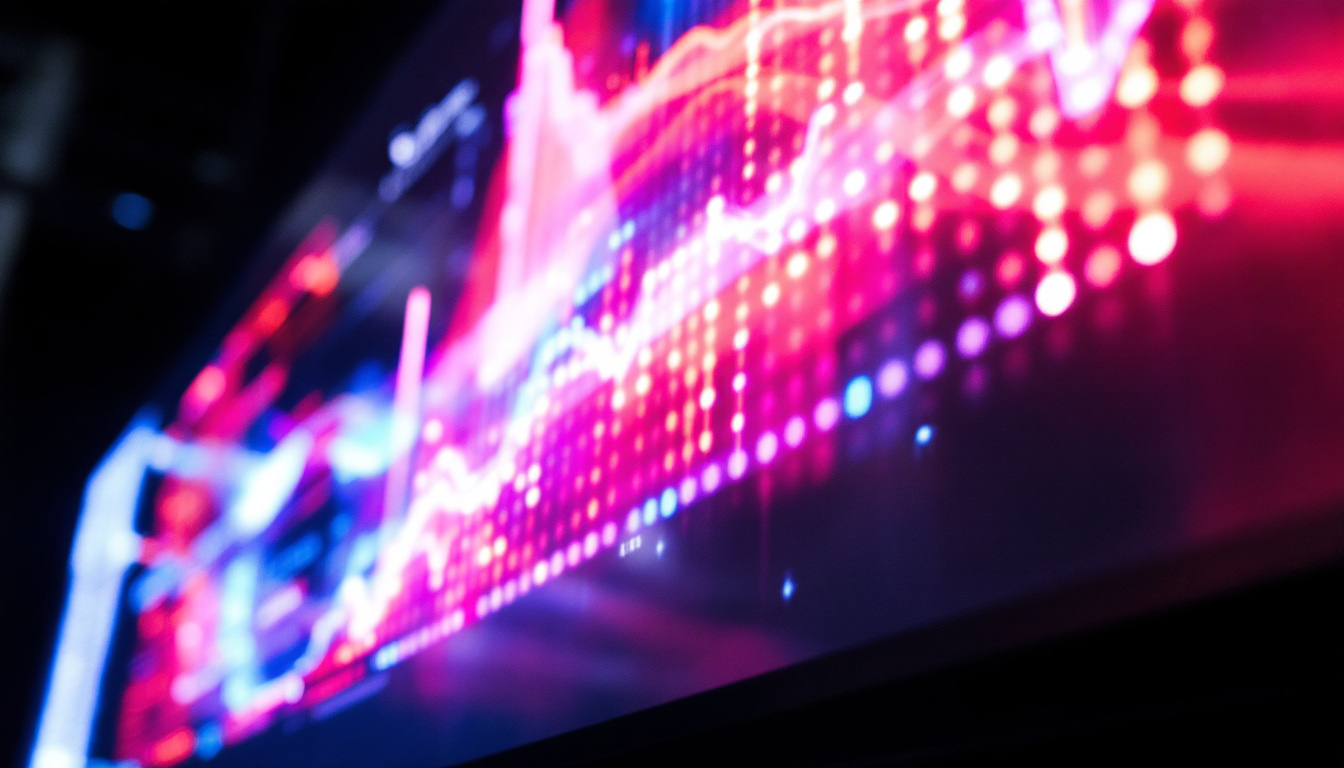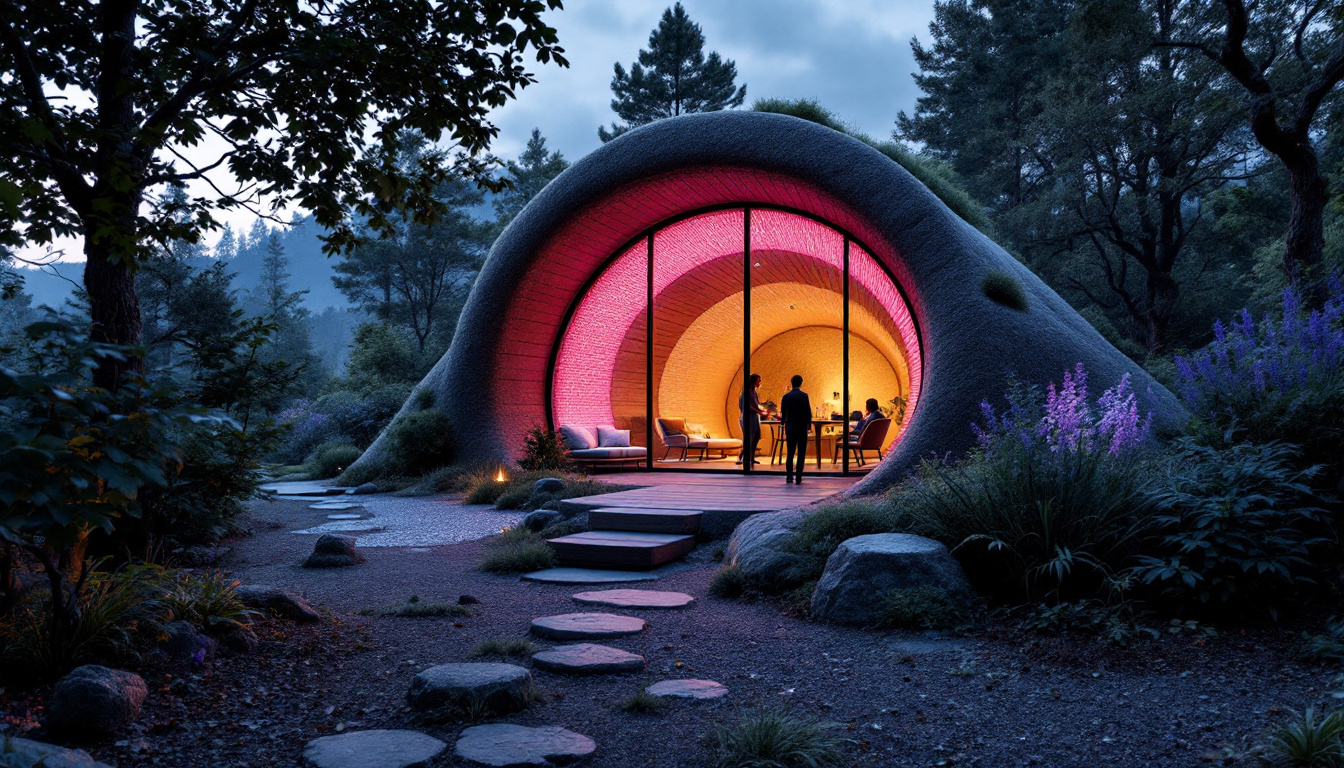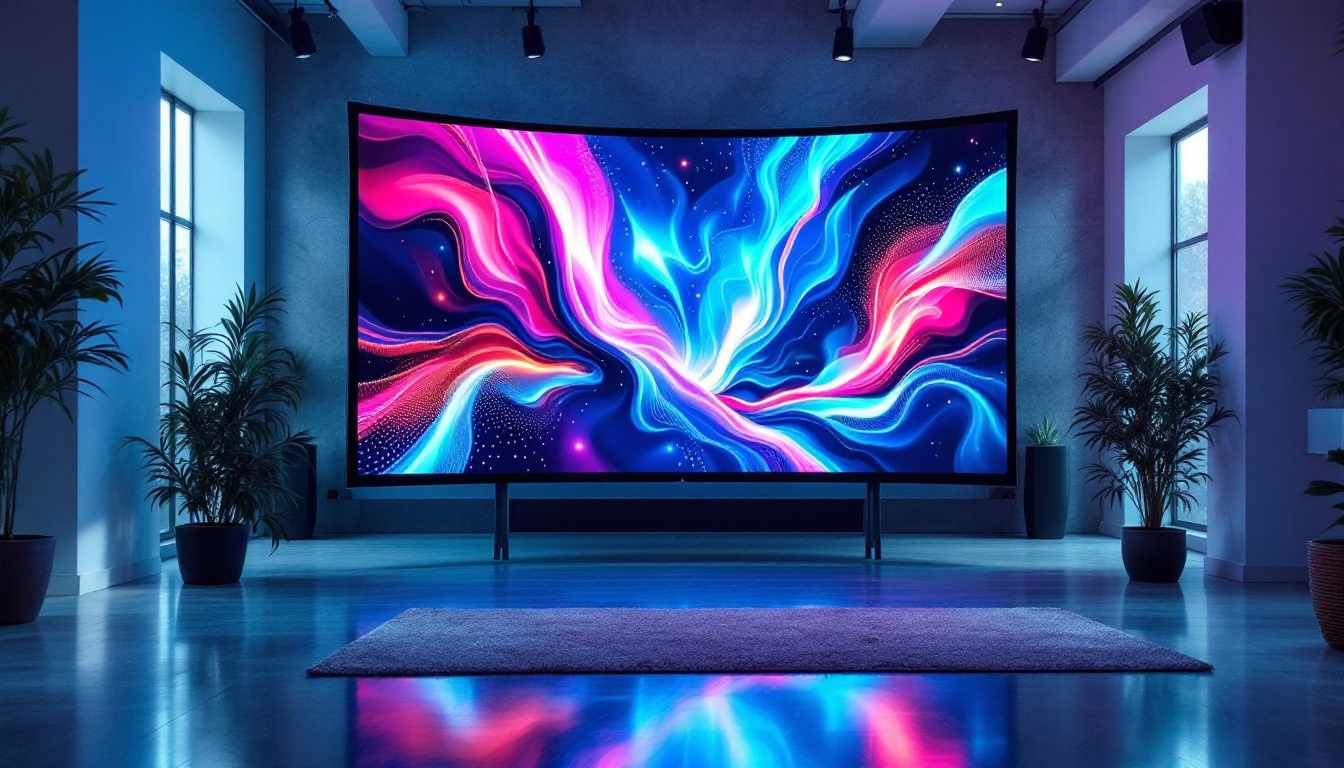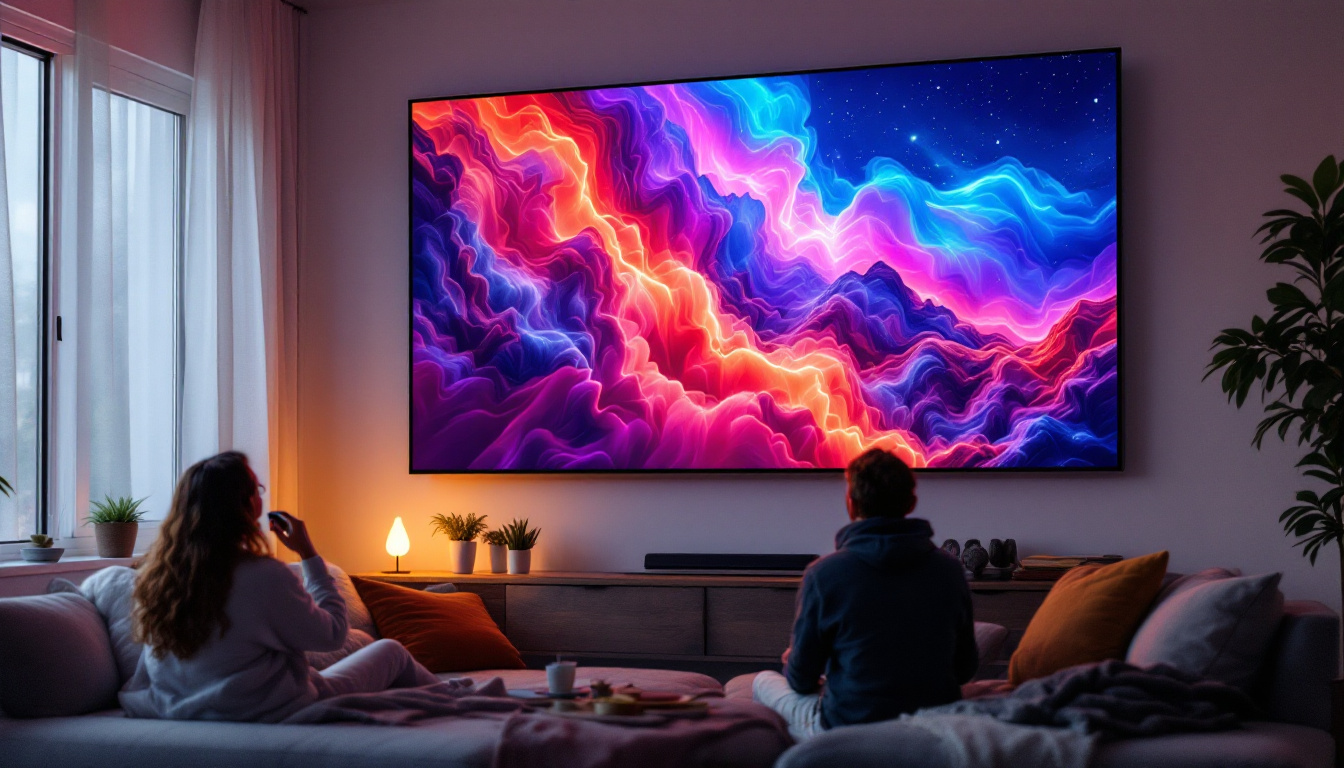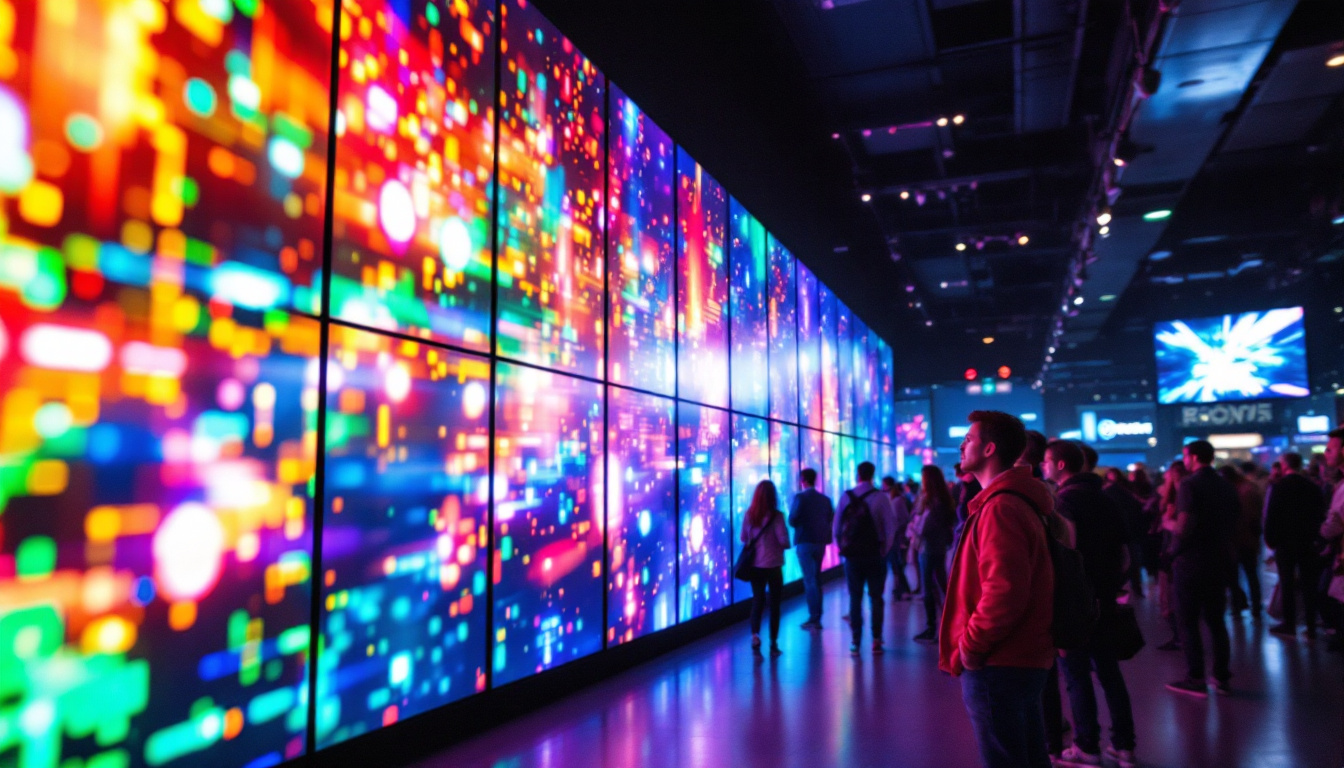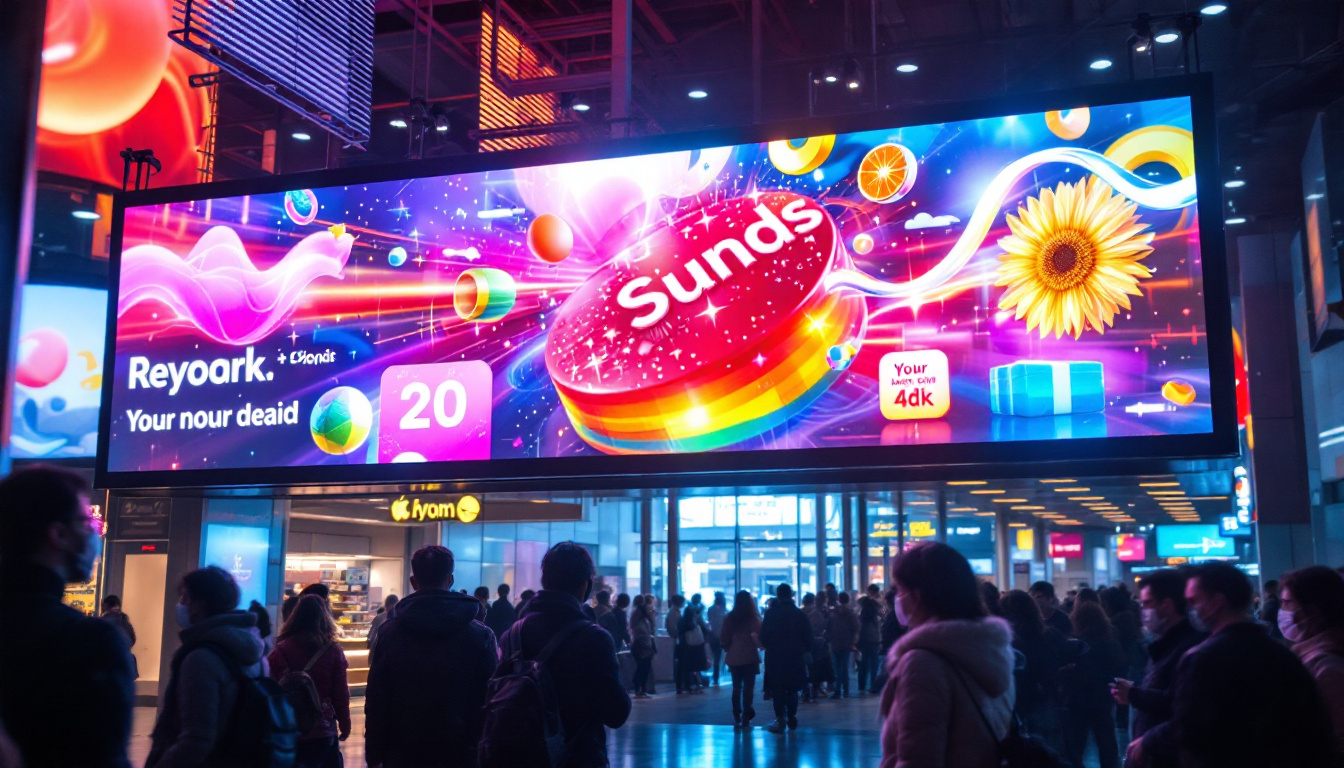In the ever-evolving world of broadcasting, the tools and technologies that professionals use are crucial for ensuring high-quality content delivery. One of the most significant advancements in this field is the development of LED displays, particularly in broadcast monitors. This article delves into the intricacies of LED display technology in broadcast monitors, exploring their features, advantages, and the impact they have on the broadcasting industry.
Understanding LED Display Technology
Light Emitting Diodes (LEDs) have transformed the way visual content is displayed. Unlike traditional LCD monitors that rely on backlighting, LED displays utilize individual diodes to produce light. This fundamental difference allows for greater efficiency, improved color accuracy, and enhanced performance in various lighting conditions. The compact nature of LEDs also enables thinner and lighter designs, making them more versatile for a range of applications, from consumer electronics to large-scale advertising displays.
How LED Displays Work
At the core of LED display technology is the concept of emitting light directly from the diodes. Each pixel in an LED display is made up of red, green, and blue (RGB) diodes. By varying the intensity of these colors, a wide spectrum of colors can be produced. This capability is particularly beneficial in broadcast settings, where accurate color reproduction is essential for visual storytelling. Furthermore, the rapid response time of LEDs allows for smooth motion rendering, which is crucial for displaying fast-paced video content without blurring or ghosting effects.
Moreover, LED displays can be designed in various configurations, including flat panels and large video walls. This flexibility allows broadcasters to choose the most suitable format for their specific needs, whether it be for studio use, outdoor broadcasting, or live events. Additionally, advancements in technology have led to the development of flexible LED displays that can be curved or shaped to fit unique spaces, opening up new possibilities for creative installations and interactive displays.
Types of LED Displays
There are several types of LED displays available, each with unique characteristics suited for different applications. Some common types include:
- Direct View LED (DVLED): These displays consist of individual LED modules that can be tiled together to create large screens. They are known for their brightness and color accuracy, making them ideal for outdoor and large venue use. DVLED technology is particularly advantageous in environments with high ambient light, as it maintains visibility and vibrancy even in direct sunlight.
- LED-backlit LCD: These monitors use LEDs to backlight an LCD panel. They offer better contrast and color reproduction compared to traditional LCDs, making them a popular choice in broadcast studios. The combination of LED backlighting with LCD technology allows for thinner displays while still providing excellent image quality, making them suitable for both professional and consumer markets.
- Organic LED (OLED): While not strictly an LED display, OLED technology uses organic compounds to emit light. OLED displays are known for their deep blacks and wide viewing angles, providing an immersive viewing experience. This technology has gained traction in high-end televisions and mobile devices, where picture quality is paramount, and the ability to produce true black levels enhances the overall visual experience.
Advantages of LED Displays in Broadcasting
LED displays have become a staple in broadcast environments due to their numerous advantages. These benefits not only enhance the viewing experience but also improve operational efficiency for broadcasters.
Superior Image Quality
One of the standout features of LED displays is their superior image quality. The ability to produce vibrant colors and deep contrasts allows broadcasters to present their content in the best possible light. This is particularly important for live broadcasts, where clarity and detail can significantly impact audience engagement.
Additionally, LED displays maintain consistent image quality across various viewing angles. This characteristic is essential in studio settings where multiple cameras and angles are used, ensuring that all viewers receive a uniform experience regardless of their position. The high refresh rates of LED screens also contribute to smoother motion rendering, which is vital for fast-paced content such as sports or action sequences. This capability minimizes motion blur, providing audiences with a clearer and more immersive viewing experience.
Energy Efficiency
In an age where sustainability is increasingly prioritized, LED displays stand out for their energy efficiency. Compared to traditional display technologies, LED monitors consume significantly less power, which can lead to reduced operational costs over time.
Furthermore, the longevity of LED technology means that broadcasters can expect a longer lifespan from their equipment. This durability translates to fewer replacements and less electronic waste, aligning with environmentally friendly practices. In addition, many LED displays come equipped with intelligent energy-saving features that adjust brightness levels based on ambient light conditions, further enhancing their efficiency and reducing energy consumption during off-peak hours.
Versatility and Customization
LED displays offer unparalleled versatility, making them suitable for a wide range of broadcasting applications. From large outdoor screens for sports events to smaller studio monitors, the adaptability of LED technology ensures that broadcasters can find a solution tailored to their needs.
Moreover, many LED displays can be customized in terms of size, shape, and resolution. This flexibility allows for creative setups that can enhance the visual storytelling aspect of broadcasts, engaging audiences in new and exciting ways. For instance, broadcasters can create immersive environments by using curved or modular LED panels that wrap around a set, providing a 360-degree visual experience. This innovation not only captivates viewers but also opens up new avenues for interactive content, allowing for real-time graphics and data visualization that can be integrated seamlessly into live programming.
Key Features to Look for in Broadcast Monitors
When selecting an LED broadcast monitor, several key features should be considered to ensure optimal performance. These features can significantly influence the quality of the broadcast and the overall user experience.
Resolution
Resolution is a critical factor in broadcast monitors. Higher resolutions, such as 4K or even 8K, provide sharper images and allow for more detailed visuals. This is especially important in broadcasting, where every pixel counts in delivering a clear and engaging viewing experience.
As content continues to evolve towards higher resolutions, investing in a monitor that supports these formats can future-proof broadcasting operations, ensuring that they remain competitive in a rapidly changing landscape.
Color Accuracy
Color accuracy is paramount in the broadcasting industry. Monitors must be capable of reproducing colors faithfully to ensure that what viewers see is true to the creator’s vision. Look for monitors that offer wide color gamuts and support for industry-standard color spaces such as Rec. 709 or DCI-P3.
Calibration options are also essential. Many high-end broadcast monitors come with built-in calibration tools or support external calibration devices, allowing for precise adjustments to maintain color accuracy over time.
Connectivity Options
In a broadcast environment, connectivity is crucial. Monitors should offer a variety of input options, including HDMI, SDI, and DisplayPort, to accommodate different equipment and workflows. Additionally, features such as built-in audio outputs and network connectivity can enhance functionality and streamline operations.
Challenges and Considerations
While LED displays offer numerous advantages, there are also challenges and considerations that broadcasters must keep in mind when integrating this technology into their operations.
Cost
One of the primary challenges associated with LED displays is their cost. High-quality LED monitors can be a significant investment, particularly for smaller broadcasting companies or independent producers. However, it is essential to consider the long-term benefits, such as energy savings and durability, which can offset the initial expenditure over time.
Additionally, the rapid advancement of technology means that prices for LED displays are continually evolving. Keeping an eye on market trends can help broadcasters make informed purchasing decisions and take advantage of new developments as they arise.
Maintenance and Calibration
Maintaining LED displays is essential for ensuring optimal performance. Regular calibration is necessary to keep color accuracy in check, especially in environments where multiple monitors are used. This process can be time-consuming and may require specialized knowledge or equipment.
Furthermore, while LED displays are generally durable, they can still be susceptible to issues such as dead pixels or color uniformity problems. Establishing a routine maintenance schedule can help mitigate these risks and extend the lifespan of the equipment.
The Future of LED Displays in Broadcasting
The future of LED displays in broadcasting looks promising, with ongoing advancements in technology poised to enhance their capabilities further. As the demand for high-quality content continues to rise, broadcasters will increasingly rely on LED displays to meet these expectations.
Emerging Technologies
Innovations such as MicroLED and MiniLED technology are on the horizon, promising even greater performance and efficiency. These technologies offer improved brightness, contrast, and color accuracy while reducing the size of individual pixels, allowing for higher resolutions and more compact designs.
Moreover, advancements in artificial intelligence and machine learning are beginning to influence display technology. AI-driven calibration tools can automate the calibration process, ensuring that monitors maintain optimal performance with minimal manual intervention.
Integration with Augmented and Virtual Reality
As augmented reality (AR) and virtual reality (VR) technologies gain traction in the broadcasting industry, LED displays will play a crucial role in delivering immersive experiences. High-resolution LED screens can serve as the backbone for AR and VR applications, providing the necessary visual fidelity to engage audiences fully.
Furthermore, the integration of LED displays with interactive technologies will allow broadcasters to create dynamic content that can adapt to viewer preferences and behaviors, enhancing audience engagement and interaction.
Conclusion
LED displays have revolutionized the broadcasting industry, offering superior image quality, energy efficiency, and versatility. As technology continues to evolve, these displays will play an increasingly vital role in shaping the future of broadcasting. By understanding the features, advantages, and challenges associated with LED displays, broadcasters can make informed decisions that enhance their operations and deliver exceptional content to their audiences.
In a landscape where visual storytelling is paramount, embracing LED display technology is not just a trend but a necessity for those looking to stay ahead in the competitive world of broadcasting.
Discover LumenMatrix’s Advanced LED Display Solutions
Ready to elevate your broadcasting capabilities with the latest in LED display technology? LumenMatrix offers a comprehensive range of innovative solutions tailored to meet the demands of modern visual storytelling. From Indoor and Outdoor LED Wall Displays to specialized options like Vehicle, Sports, and Floor LED Displays, LumenMatrix is committed to revolutionizing visual communication. Experience the difference with our Custom, All-in-One, and Transparent LED Displays designed to captivate your audience and amplify your message. Check out LumenMatrix LED Display Solutions today and transform your broadcast environment with unparalleled clarity and impact.



